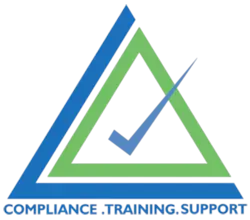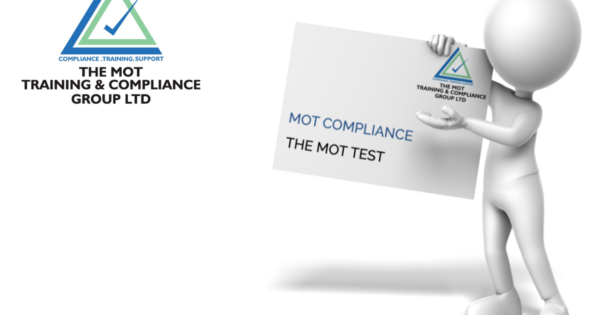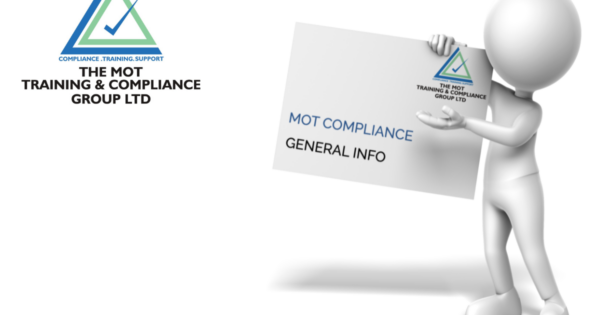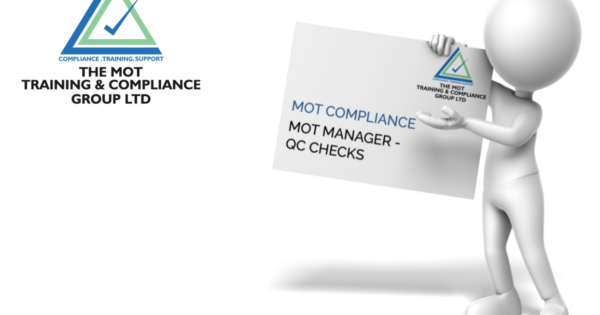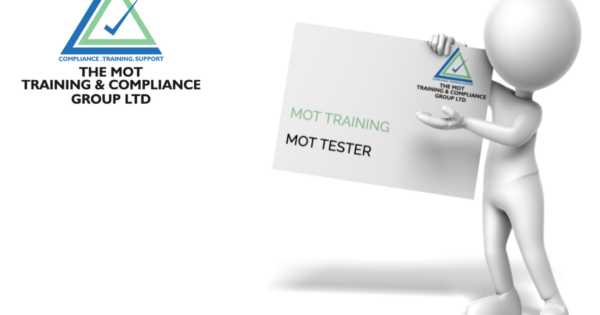MOT TRAINING AND
MOT COMPLIANCE FAQ’s
YOU ASK, WE ANSWER
Showing articles in 'General Info'...(« back to knowledgebase)
Showing 10 articles.
Yes there is a right way to take the photo during the MOT test, and it’s pretty straightforward. During the MOT Test, the photo should show: The vehicle on the ramp (during the under-body inspection stage), With the registration plate visible, And the whole vehicle in shot if possible. The aim is to capture a clear visual record that the MOT Test is being done properly. You don’t need fancy camera gear, just a steady hand and a clear shot. Some testers have found that positioning the camera at the front corner of the ramp gets the best angle, even in tight spaces. (Read More)
It’s a fair question but no, taking photos of vehicles on the ramp during the MOT test is not about pointing fingers. The photo requirement is part of DVSA’s effort to reduce fraud and error across the MOT Test system. Sadly, there have been cases where MOT Tests were recorded for vehicles that never turned up or where the wrong car was tested entirely. Taking a photo during the MOT Test helps prove the vehicle was genuinely there. For honest MOT Testers (which is most of us), it’s a simple way to show the job’s being done properly, and to protect your licence, your business, and your reputation. (Read More)
It might feel that MOT ramp photography is a waste of time at first but it’s actually about making the MOT Test more secure, not more stressful. The photo is simply proof that the vehicle was physically present and being properly inspected. It supports the MOT Tester, the garage, and the system as a whole. In fact, garages involved in the DVSA trial have said that once it becomes part of your MOT Test routine, it only takes a few extra seconds. You shouldn’t notice it slowing things down once you get into the swing of things. In return, you’re helping protect the reputation of MOT Testers who take pride in doing things right. (Read More)
If the DVSA finds minor non-compliances, there’s no need to panic. The threshold for disciplinary points has been raised from 30 to 40 points, which means small issues can often be resolved with advice, training, or support rather than formal disciplinary action. That said, it’s still crucial to have solid systems in place for things like quality control and staff management – they’ll still be looking at your overall set-up and whether you’re running your site in line with the MOT Guide. (Read More)
Not anymore! DVSA site visits are no longer needed in some instances. If your MOT testing station has a solid track record with the DVSA, you might be offered a VTS Self-Assessment instead of a physical site visit. That means no phone interviews or inspectors arriving on-site. Instead, the AEDM (Authorised Examiner Designated Manager) will receive a form by email to complete and return within 14 days. It’s a great incentive to stay compliant – and a much less disruptive process! (Read More)
A DVSA site audit is a review of your MOT testing station to ensure you’re meeting all the required compliance standards. The good news is that as of April 2025, the process has been streamlined. Rather than diving deep into every part of your operation, DVSA now focuses on key compliance checks. They’ll look at things like whether the authorised entity is still running the site whether your equipment is in good working order if vehicles being tested are actually on-site. They’ll also reinspect a recently tested vehicle to make sure assessments are being carried out properly. It’s quicker, less disruptive, and gives the DVSA more time to focus on helping sites that may be struggling. (Read More)
As an Authorised Examiner (AE), what's my responsibility for MOT Tester Annual Training & Assessment
As an Authorised Examiner, your responsibility for MOT Tester Annual Training & Assessment is to ensure that: All your testers have recorded their training on their MTS profile. Testers have kept records of training for the last five years. They have taken and passed the annual assessment. Their assessment results are uploaded to their MTS profile. If your testers don’t comply, both they and your business could face suspension. That’s why it’s crucial to have a process in place to regularly check the status of your team’s annual training and assessments. (Read More)
The MOT Guide states that MOT Testing Station Quality Control (QC) checks: “should be carried out by a person who holds a Level 2 qualification in MOT Testing or equivalent for the appropriate class and comply with the requirements for annual training and assessments. They may be designated from the list of testers at the site or use a Third Party” (Read More)
Mistakes can be corrected but the MOT Tester must follow the guidance laid down by the DVSA in The MOT Guide Section H. Unjustified changes could constitute fraud, dishonesty or gross negligence in the MOT testing process and you can be given 500 points which means cessation. (Read More)
An MOT Consultant is an external DVSA approved resource that can provide their experience and guidance to help your business remain compliant with all DVSA requirements and updates. They can also take on the role of an AEC and, for example, will check test quality information, test logs, tester annual assessment certificates and site review outcomes. You can assign the authorised examiner consultant (AEC) role in the MOT testing service to consultants you use to provide advice on MOT standards and how to run your centre. – Gov website This lets the consultant view: test quality information test logs tester annual assessment certificates site review outcomes (Read More)
